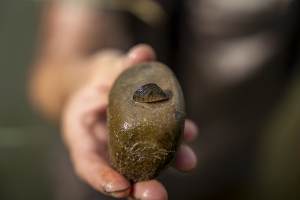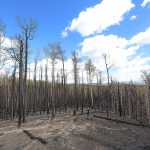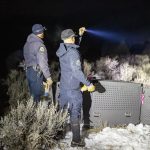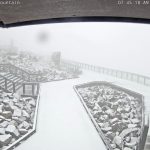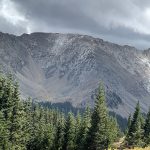First adult zebra mussels found in Colorado River as the invasive species continues to spread on Western Slope
Another lake outside of Grand Junction also tested positive for the invasive species, becoming the fifth infested body of water in Colorado

Colorado Parks and Wildlife/Courtesy Photo
The first adult zebra mussels have been found in the Colorado River near Grand Junction, following increased testing and detection of the invasive species in Colorado.
Previously, Colorado Parks and Wildlife had only discovered veligers — the invasive mussel’s free-floating larvae — in the Colorado River. Adults, which cause the most destruction, have been found in other bodies of water on Colorado’s Western Slope, including Highline Lake and Mack Mesa Lake in Highline Lake State Park near Grand Junction and in a private lake in Eagle County.
On Monday, Parks and Wildlife confirmed that the adult zebra mussels were found in the Colorado River in early September. This comes around a week after they were also discovered in West and East Lake, a body of water in the Wildlife Area Section of the James M. Robb Colorado River State Park outside of Grand Junction. The lake connects to the Colorado River via a side channel.
Zebra mussels were detected in the lake, side channel and in the Colorado River where the side channel meets the river’s mainstem.
The invasive aquatic species are notorious for their prolific reproduction and destruction of ecosystems and infrastructure. Once established, they’re nearly impossible to eradicate.
When zebra mussels establish a presence in a body of water, they multiply quickly. A single zebra mussel can produce up to 30,000 veligers in one spawning event and up to one million in a year. As they root and attach to hard surfaces — like docks, rocks and pipes — and their density increases, they can cause significant damage and clogging to water infrastructure.
Colorado’s first detection of an adult zebra mussel was in September 2022 at Highline Lake. Subsequent discoveries were made in the lake in 2023. By 2024, veligers were found in the Government Highline Canal — which feeds Highline Lake — and the Colorado River.
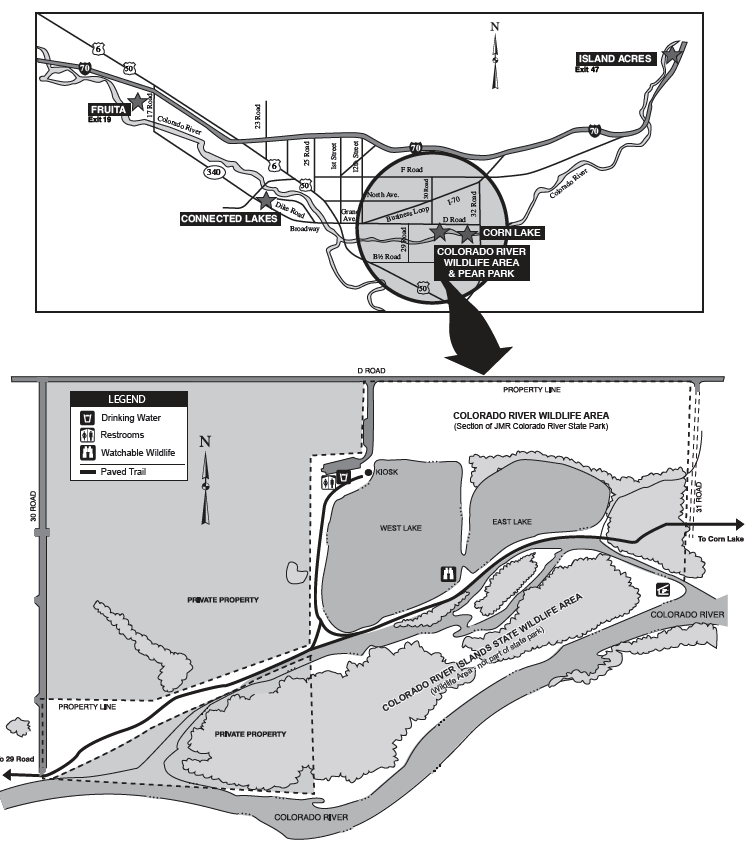
This summer, as Parks and Wildlife ramped up testing with local, state and federal partners, discoveries have started to stack up. Since mid-April, Parks and Wildlife has collected over 420 samples in the Colorado River, over 40 samples in the Eagle River and over 40 samples in the Roaring Fork River.
Despite draining Highline Lake this winter — following attempts to eradicate the mussels with molluscicide and other cleaning efforts — the lake again tested positive in June.
Positive samples were also found in the nearby Mack Mesa Lake and a private lake in Western Eagle County, which Parks and Wildlife officials have said could be the primary source for the mussels.
The Colorado River — from its confluence with the Roaring Fork River in Glenwood Springs to the Colorado-Utah border — was officially marked as “positive” with zebra mussels earlier this summer as well, following the discovery of veligers in multiple areas around Glenwood Springs, Silt and New Castle. A “positive” status means at least two veligers have been found.
The latest detection marks the Colorado River — from 32 Road downstream to the Colorado-Utah border — and West and East Lake as “infested” with zebra mussels. A body of water is considered “infested” when multiple zebra mussel life stages have been found in it. Colorado’s other infested bodies of water include Highline Lake, Mack Mesa Lake and Eagle County.
No positive samples of adults or veligers have been found in the Colorado River between its headwaters and the confluence of the Roaring Fork River, Eagle River or Roaring Fork River.
What is being done to mitigate the impact of zebra mussels in Colorado?
In a news release, Parks and Wildlife reported that it won’t treat the mainstem of the Colorado River “due to multiple factors, including risk to native fish populations and critical habitat, length of the potential treatment area and complexity of canals and ditches that are fed by the Colorado River.”
The agency is, however, evaluating its options for containment and mitigation in the lakes where zebra mussels have been found. The private lake in Eagle County was treated with a copper-based molluscicide in late August and has shown “positive initial results” — in the form of dead adult zebra mussels — in subsequent samples.
“We won’t give up,” said Robert Walters, Parks and Wildlife’s invasive species program manager. “Our priority remains utilizing containment, population management and education to protect the uninfested waters of the state.”
With the limited options for getting rid of them, mitigating and preventing their spread is one of the most effective tools. Parks and Wildlife encourages water users to clean, drain and dry all motorized and hand-launched vessels — including paddleboards and kayaks — and angling gear after leaving the water.
The agency has also requested that anyone who owns a private pond or lake fed by the Colorado River or Grand Junction area canal systems request sampling from its staff, as it attempts to understand the extent of the mussels’ spread.
“Despite these additional detections, it remains critical for the continued protection of Colorado’s aquatic resources and infrastructure to fully understand the distribution of zebra mussels in western Colorado,” Walters said.

Support Local Journalism

Support Local Journalism
As a Summit Daily News reader, you make our work possible.
Summit Daily is embarking on a multiyear project to digitize its archives going back to 1989 and make them available to the public in partnership with the Colorado Historic Newspapers Collection. The full project is expected to cost about $165,000. All donations made in 2023 will go directly toward this project.
Every contribution, no matter the size, will make a difference.
